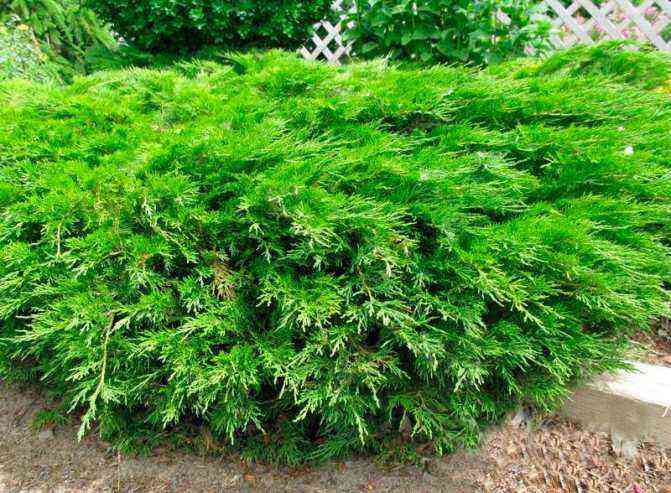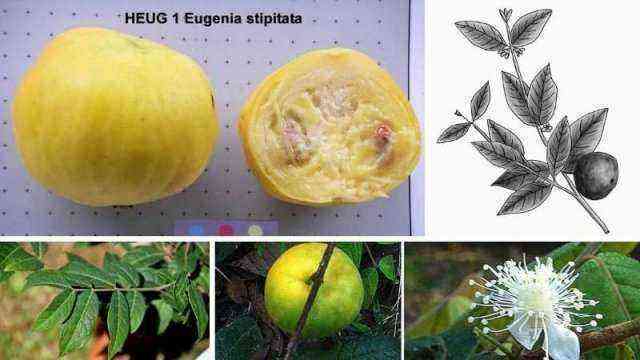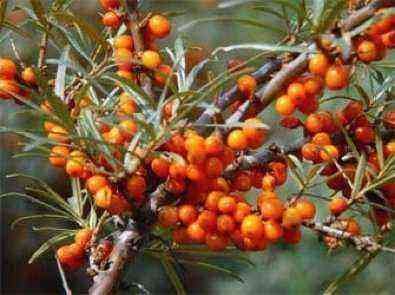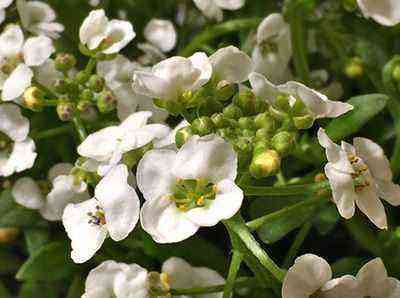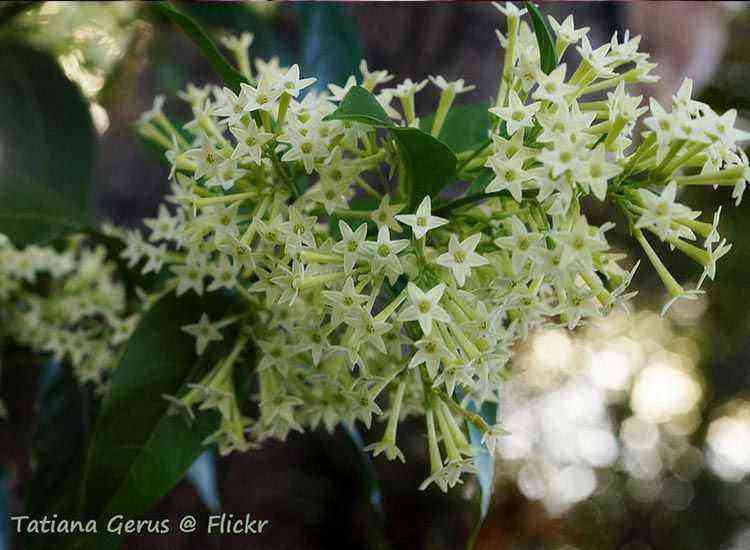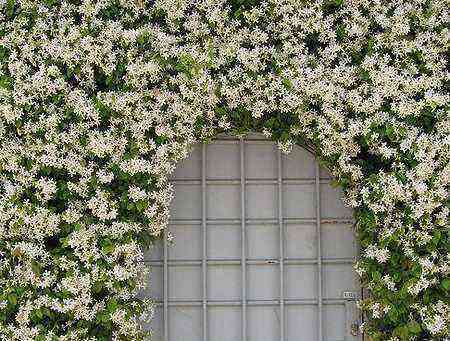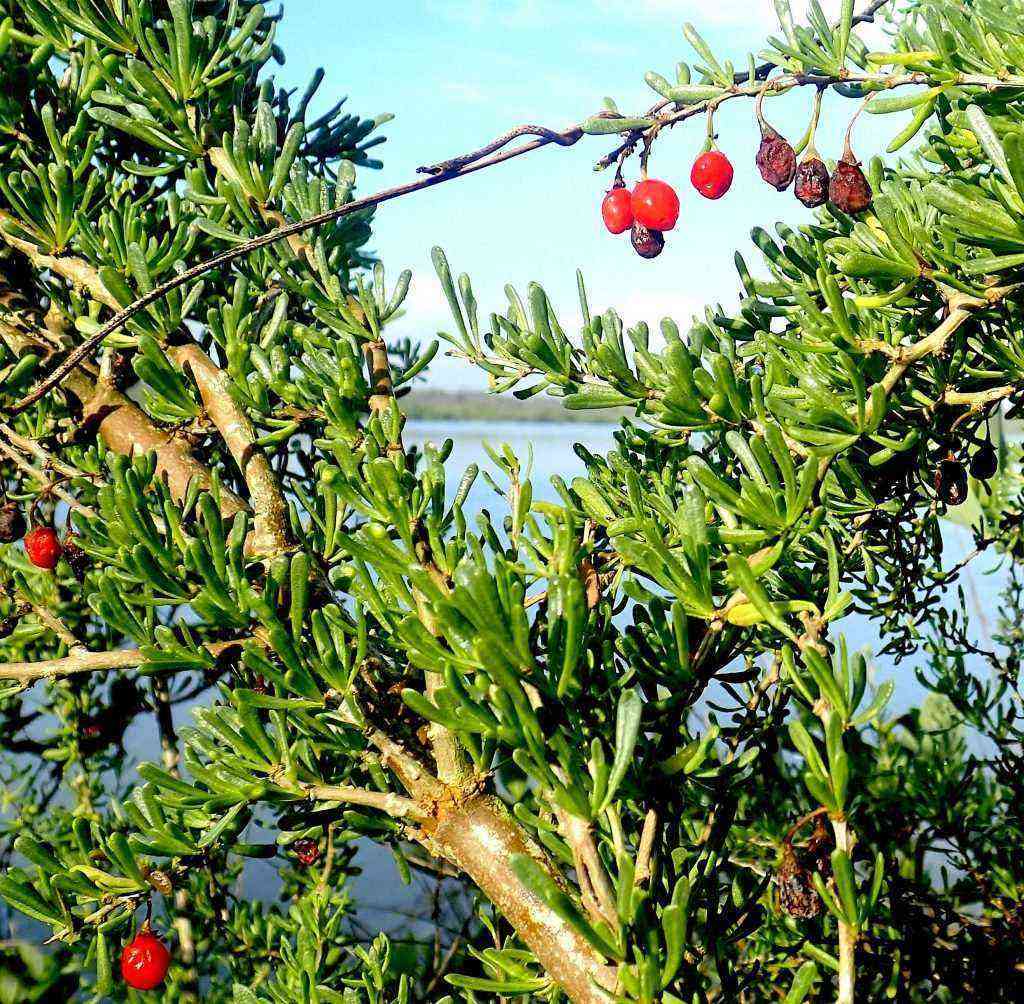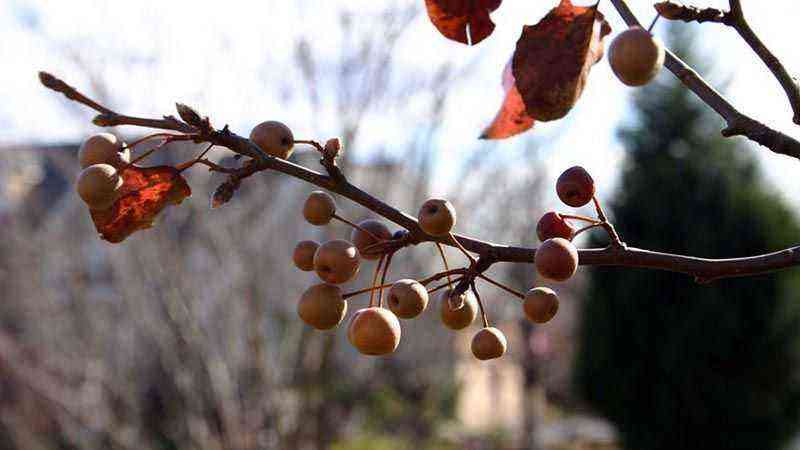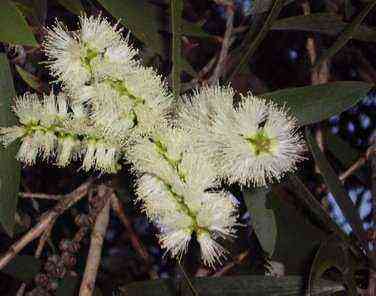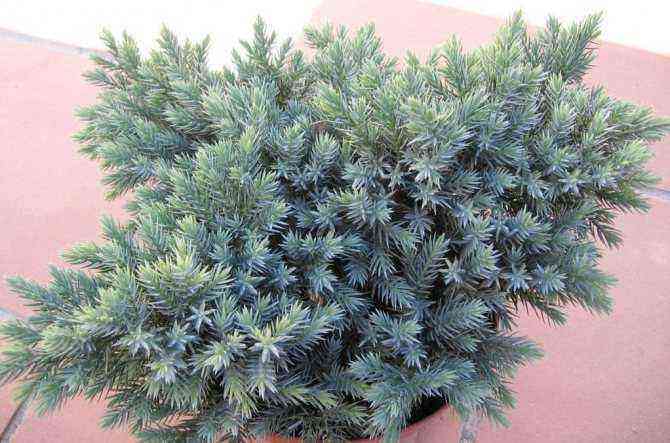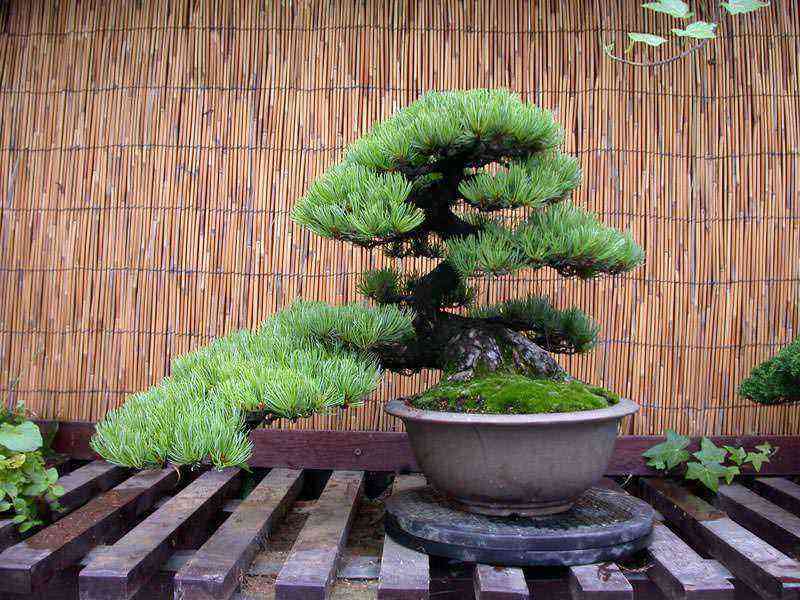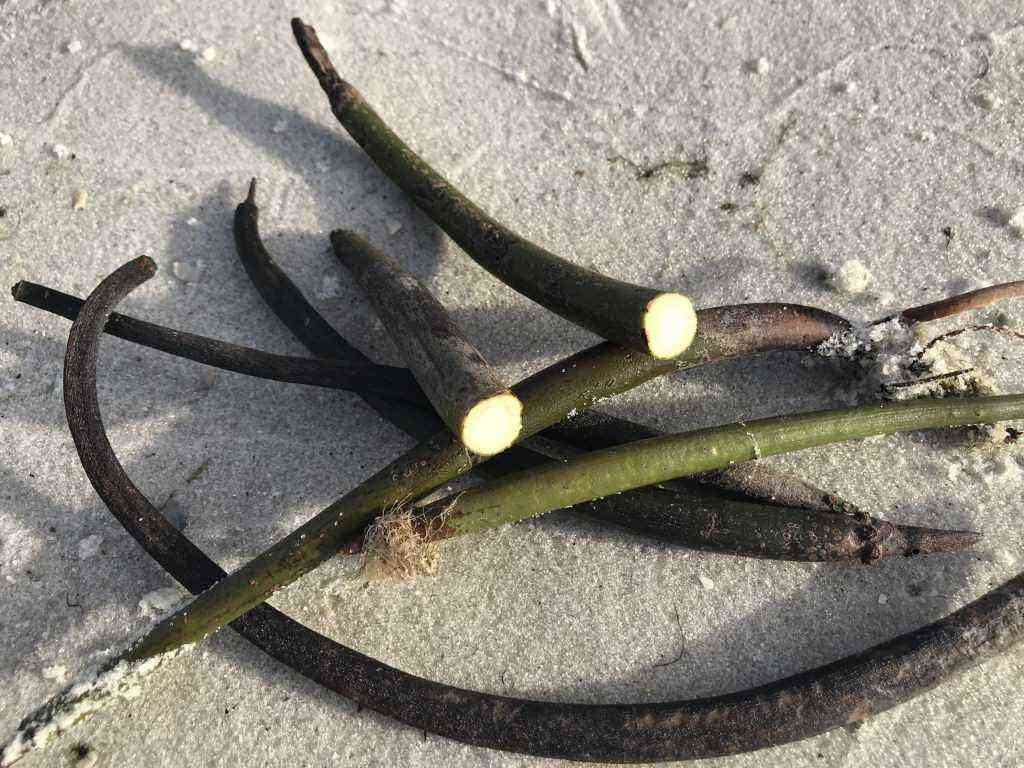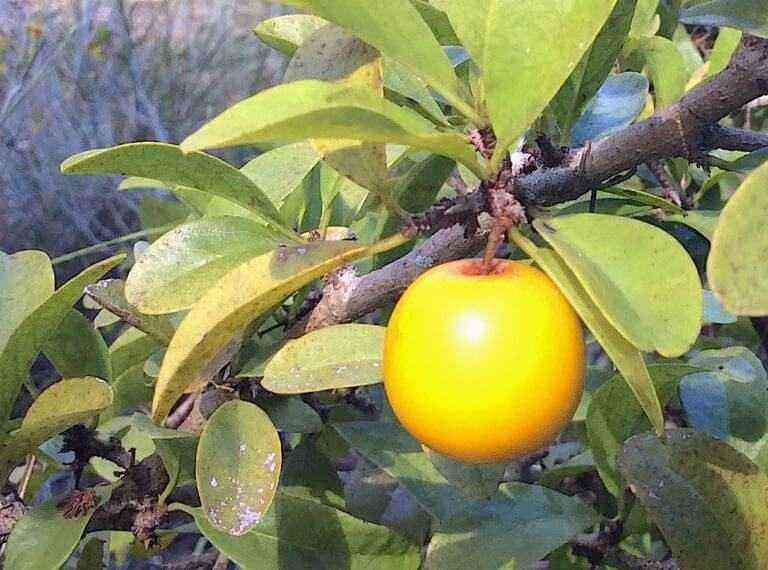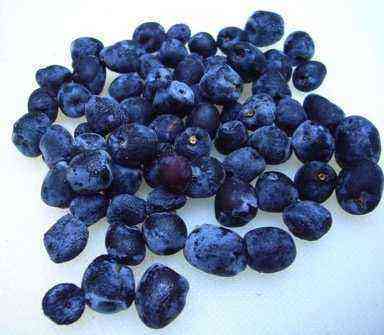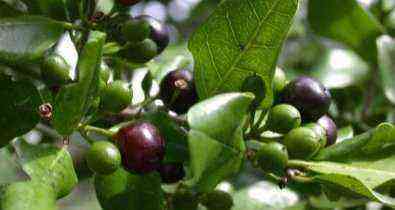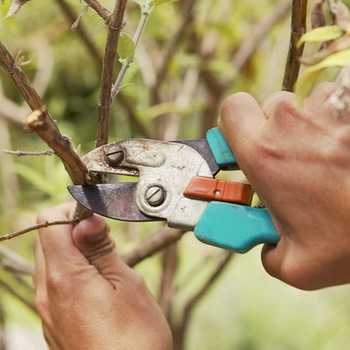
According to the rules, pruning of fruit trees is carried out before the growing season begins, that is, in early spring, when the buds have not yet swollen, but the tree has already “come to life”, the circulation of juices in the trunk and branches has begun. It is then easy to determine which branches should be kept and which ones can be removed. The work uses a sharp pruner and garden var.
There are three types of tree pruning:
1. decorative – the crown is given a certain shape;
2. sanitary – diseased and dry branches are removed;
3. rejuvenating – the tree is prepared for the formation of new branches and shoots.
Each of these types of pruning of fruit trees is done with a pruner.
Correct pruning of young fruit trees
The purpose of pruning is to shape the crown in such a way that its illumination increases and, as a result, the yield increases. When pruning young fruit trees, the central trunk and skeletal branches are shortened to form the correct crown. Broken, diseased and rodent-damaged branches should be removed without fail.
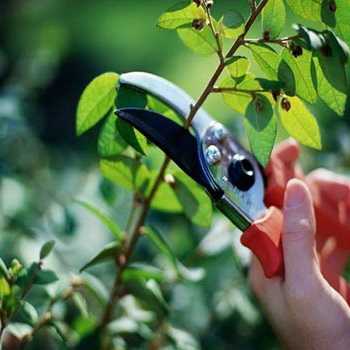
Trimming the crown of pome fruits is carried out as follows. For example, on a two-year-old apple tree, the strongest central branch is chosen, which is left, but cut so that it retains its leading position. All other branches competing with it are removed, and the skeletal ones are shortened. During work, you should pay attention to the fact that the upper bud, which remains after pruning, is directed from the center. All branches located in the direction of the inside of the crown and grown below the skeletal (from the trunk) are cut off. Such processing of wood is carried out once a year.
If the tree was planted in the fall, pruning can be done in the spring, and for spring planting – in the spring after a year (before the growing season).
Take a look at the video of pruning fruit trees to better understand the intricacies of doing this job:
Pruning old fruit trees
If you already got a summer cottage with old fruit trees, then they can be rejuvenated by pruning, carrying it out near trees whose growth stopped 2-3 years ago (in the event that their crown began to dry out). To rejuvenate such trees, skeletal and semi-skeletal branches are shortened by at least one third. In addition, diseased and dead branches are pruned. Some of the fruit branches are removed, and the remaining ones are also shortened by at least one third of their length.
After pruning the next year, tops usually appear on the trees – branches that are located at an acute angle to the trunk. They are directed upwards and strongly thicken the crown. The tops must also be trimmed. In fruit and berry bushes, old and diseased branches should be cut every year in the fall.
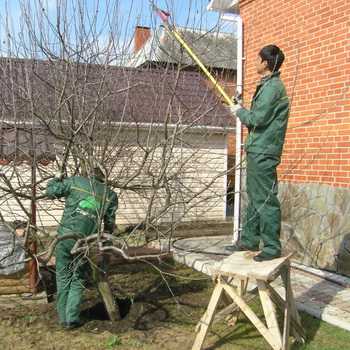
The purpose of strengthening tree trunks and branches is to prevent the possibility of accidental breakage. This is especially important if the trees are large and, if broken, can cause damage to buildings and people.
Most often, side branches break off, as well as forks of branches. For fruit trees, this is all the more dangerous because the most fruitful branches can be damaged. It is necessary to strengthen trees before the beginning of the growing season, that is, until the buds swell.
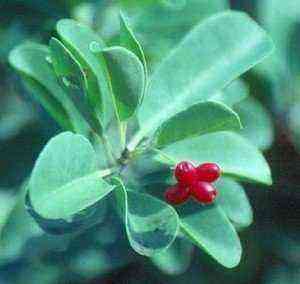


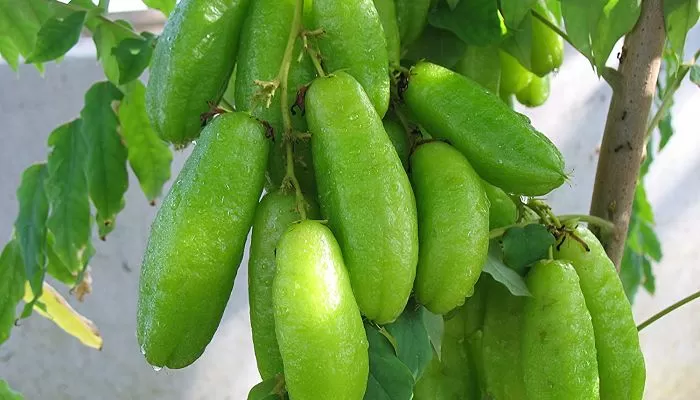
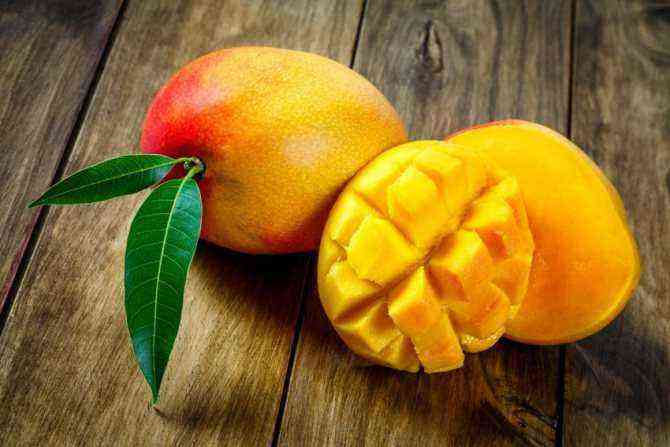


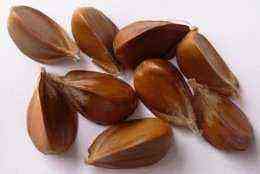

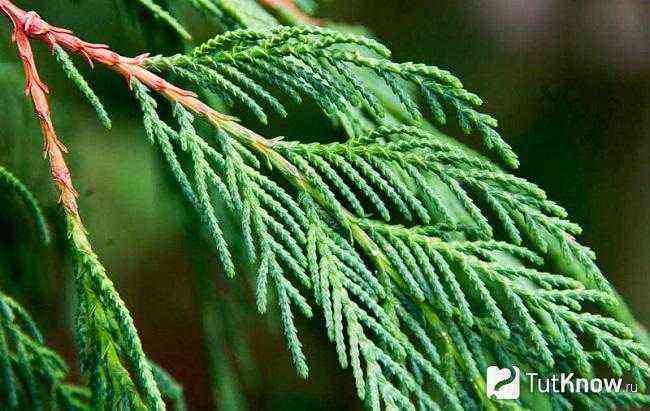

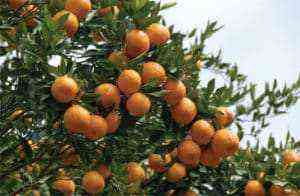
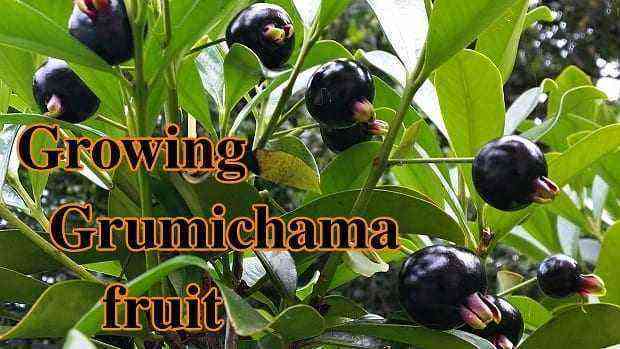
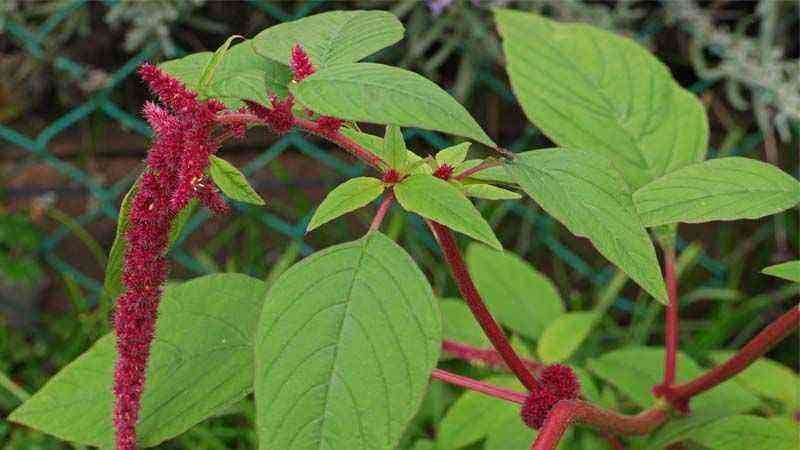
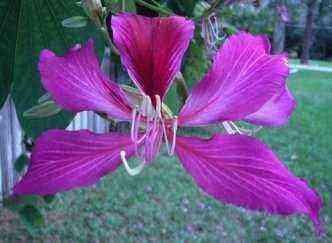
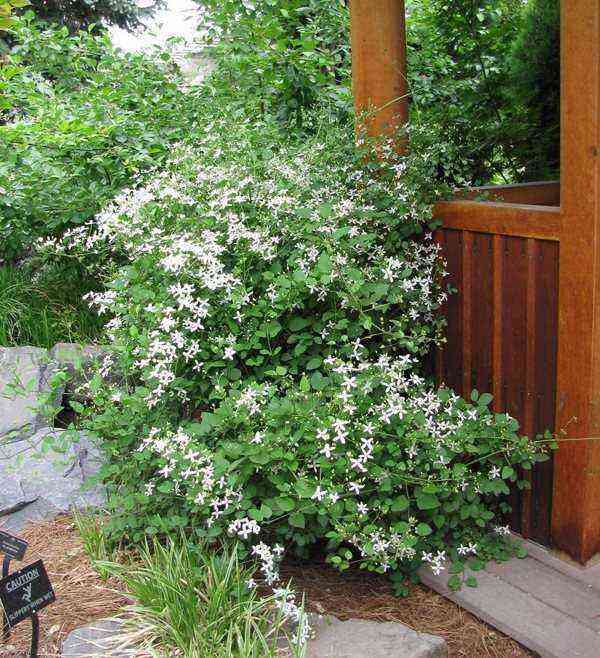
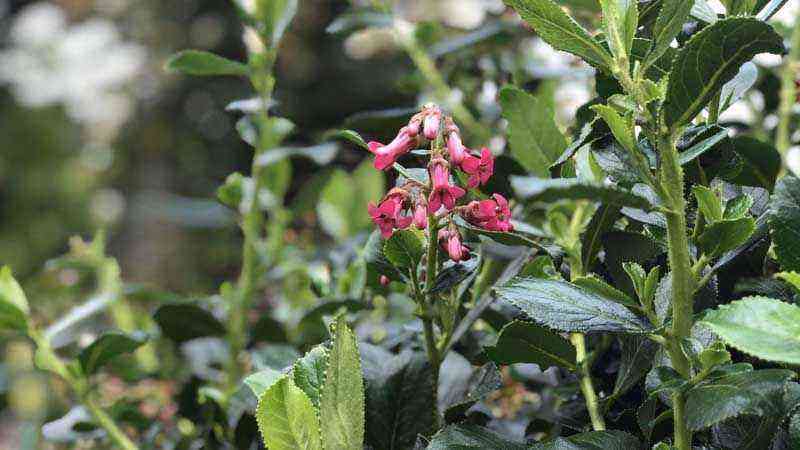

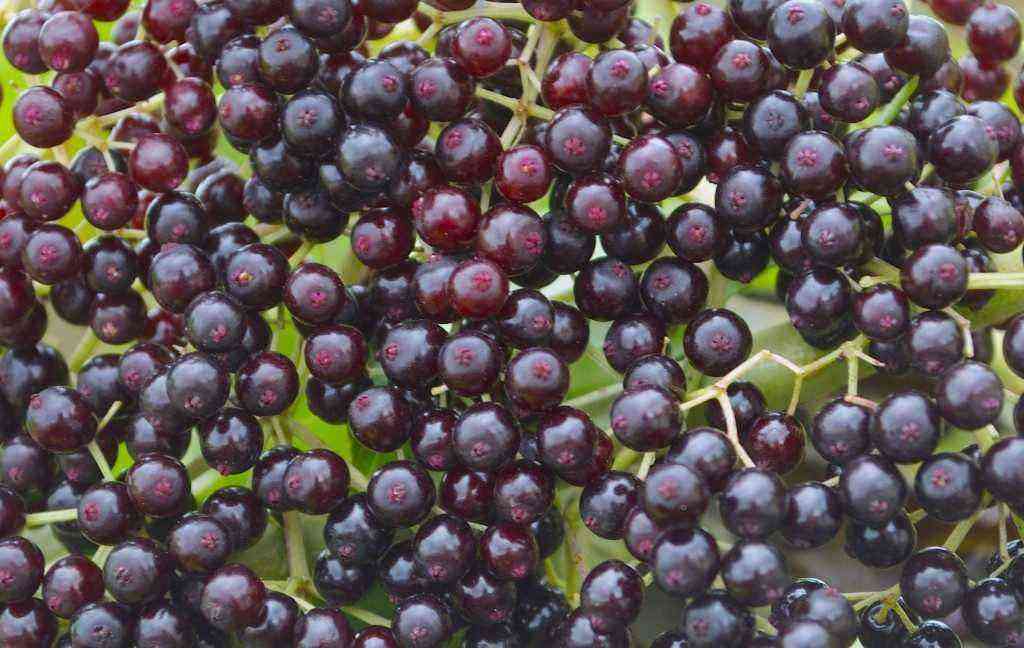
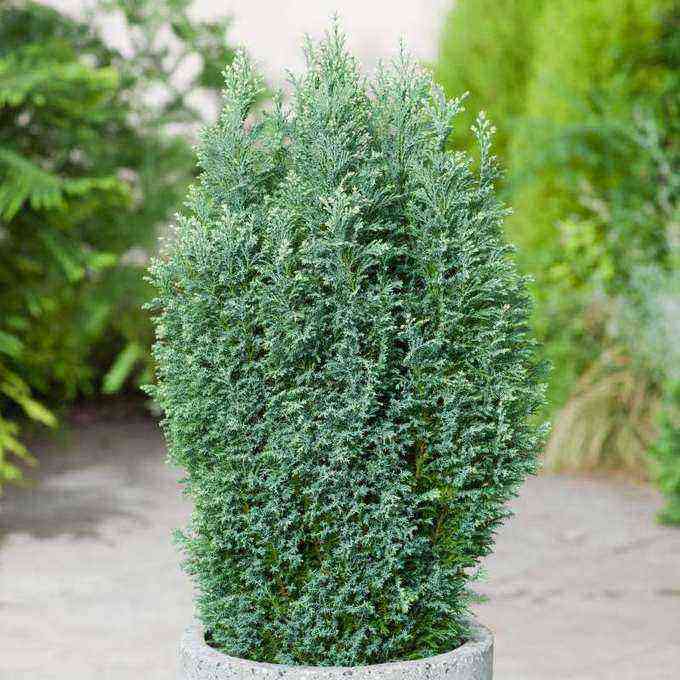
![Cultivation of Manihot esculenta [Cassava, Cassava] Cultivation of Manihot esculenta [Cassava, Cassava]](https://farmer-online.com/wp-content/uploads/2021/05/Cultivation-of-Manihot-esculenta-Cassava-Cassava.jpg)
